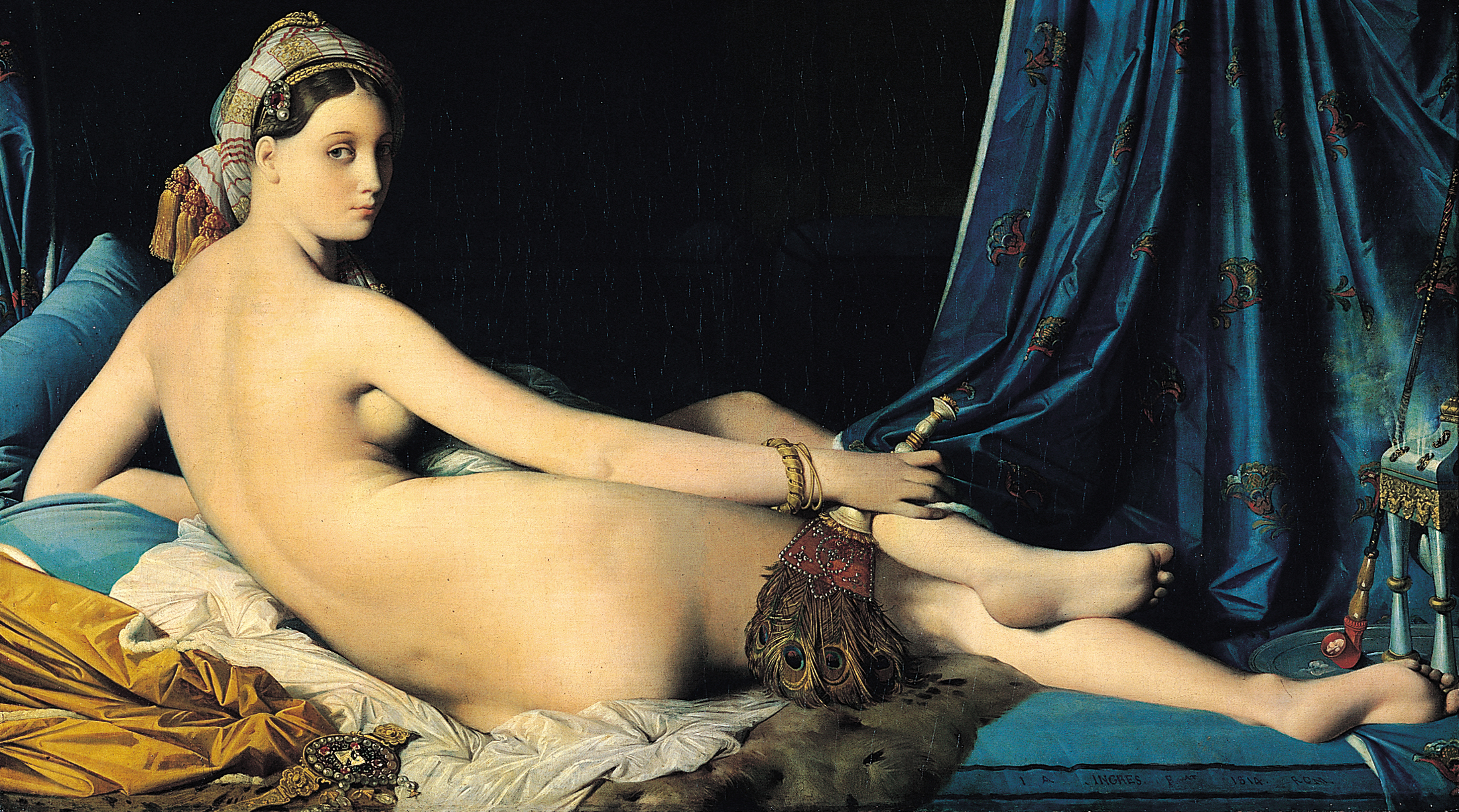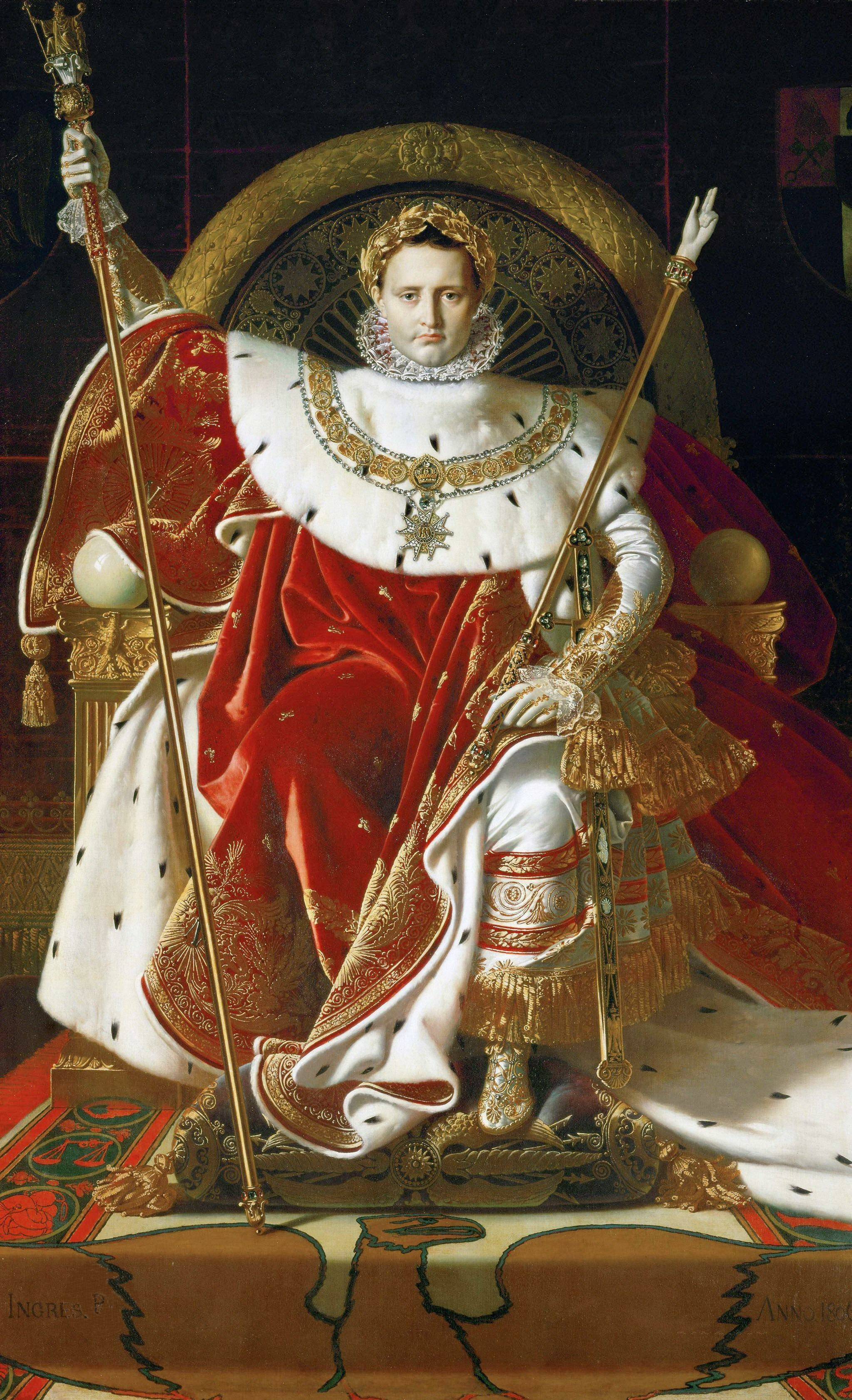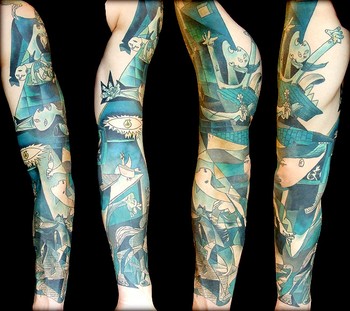Great news everyone, after a significant dry period with no new releases, witty, snarky, and very British Lily Allen is back with a new single. Her gritty and often scathing lyrics put to catchy pop tunes have always been my needed break from the trash circulating on top 10 radio. I don’t need to hear another love song, party song, or song about starting from nothing – that’s all been done. Finally we have been blessed with something topical. In “Hard Out Here” Lily Allen satirizes the absurd and highly sexualized music videos of artists like Robin Thicke and Miley Cyrus, even the title of the song puns on Three 6 Mafia’s “Hard Out Here for a Pimp.” Every lyric oozes with either sharp sarcasm or harsh realism while her video is the compilation of the elements found in the vast majority of music videos out today: half naked girls, a fancy car, champagne flying, and booty shaking. The sad part is, a lot of people truly don’t get it and think she’s just another money seeking sell out. Well, I beg to differ. Lily Allen is a breath of fresh air and her song is a needed wake up call to mass media. The frightening decline in strong female role models in pop culture and the constant glorification of the male conquest makes me question when things are going to change. Every single day the media teaches us how we’re supposed to act. It teaches us to judge each other based on unrealistic expectations and to hate ourselves as we are. Some call Lily Allen a bitch, some call her just like everyone else, but I call her spot on. So far she’s the only one I’ve seen put her dissatisfaction with the pop culture into such blunt terms. If the video makes you uncomfortable, it’s doing its job because what you’re looking at is all of the same elements that we’ve seen a thousand times before.
This whole project reminds me of the artist Manet. Classical and neoclassical painters had been painting reclining female nudes for centuries and these types of paintings went on to win contests and be purchased by some of the most affluent aristocrats in Paris (often including royalty). But when Manet came out with his Olympia in 1863, everyone was appalled. Unlike the classical nudes, which often came with a mythological background story and portrayed a perfected female form, Olympia was just a little too close to the reality of Paris’ erotic subculture of prostitution and brothels.

In the same way that Manet takes an unquestioned form of art and with a touch of realism makes it into a statement about society, Lily Allen uses the obscenities of pop culture to call attention to the absurdity of the way in which we let the media run rampant. I definitely encourage everyone to watch the new video and I sincerely hope that the combination of the lyrics and the highly sexualized images can at least get you thinking about some of these prominent issues of racial and sexual exploitation in the media.
Lily Allen Hard Out Here Preach.



For those less tuned into the pop scene check out Miley Cyrus’ “We Can’t Stop” and Robin Thicke’s “Blurred Lines” (the balloon scene is in direct response to this) to get a feel for the material she is satirizing.










